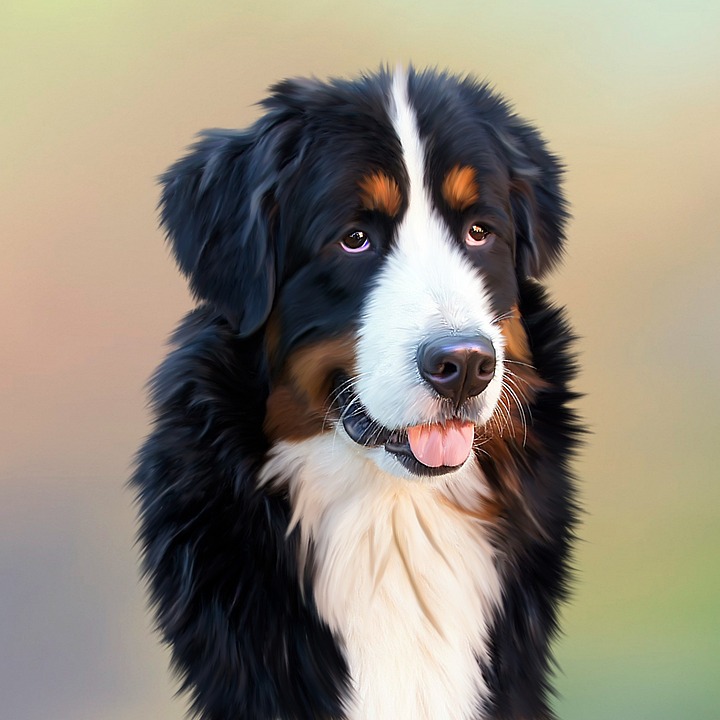*by [Your Name]*
Introduction:
As a responsible dog owner, it is essential to ensure that your furry companion is comfortable and confident in various situations, including when exposed to loud noises. Dogs, just like humans, can experience fear or anxiety when confronted with loud sounds, such as fireworks, thunderstorms, or even construction noises. Desensitizing your dog to these noises can help them cope better and minimize their stress levels. In this article, we will provide you with a step-by-step guide on how to desensitize your dog to loud noises effectively.
Step 1: Understanding Your Dog’s Fear
Before you begin the desensitization process, it’s crucial to understand your dog’s fear response. Some dogs may exhibit signs of anxiety, such as panting, pacing, trembling, or hiding, while others may become hyperactive or display destructive behaviors. Recognizing these behaviors will help you gauge the effectiveness of the desensitization techniques and adapt them to suit your dog’s unique needs.
Step 2: Start with Low-Intensity Sounds
To gradually desensitize your dog, begin with low-intensity sounds that are similar to the ones they fear. For example, if your dog is afraid of thunderstorms, start by playing soft recordings of distant thunder. Slowly increase the volume over multiple sessions as your dog becomes more comfortable and relaxed. Remember to reward your dog with treats and praise for their calm behavior.
Step 3: Counterconditioning with Positive Associations
During the desensitization process, it’s essential to create positive associations with the previously feared sounds. Pair the sounds with something your dog loves, such as their favorite treats, toys, or activities. For example, play the recorded sound of fireworks while engaging in a fun game or giving your dog a tasty treat. This positive reinforcement will help your dog gradually associate the loud noises with pleasant experiences.
Step 4: Gradually Increase Exposure
Once your dog is comfortable with low-intensity sounds and has formed positive associations, it’s time to increase the exposure gradually. Introduce slightly louder sounds or recordings with more realistic noises. Remember to take small steps and always observe your dog’s behavior. If you notice signs of distress, take a step back and go back to the previous level until your dog becomes more at ease.
Step 5: Real-Life Situations
After successfully desensitizing your dog to recorded sounds, it’s time to expose them to real-life situations. For instance, if your dog is fearful of fireworks, consult with local authorities or neighbors to determine when fireworks displays occur. Begin by keeping your dog indoors, playing calming music, and providing distractions like puzzle toys or chew treats. Over time, as your dog becomes more comfortable, you can gradually expose them to the sounds by opening windows or doors. Always prioritize your dog’s safety and well-being during these real-life situations.
FAQs (Frequently Asked Questions)
1. Can desensitization work for all dogs?
Desensitization can be effective for most dogs, but it may not completely eliminate fear in every individual. Some dogs may require additional behavioral interventions or professional assistance.
2. How long does the desensitization process take?
The desensitization process varies from dog to dog. It can take weeks or even months of consistent training and exposure to achieve significant results. Patience and consistency are key.
3. What if my dog’s fear worsens during desensitization?
If your dog’s fear worsens or they exhibit extreme anxiety, it’s crucial to consult with a professional dog trainer or a veterinary behaviorist. They can provide guidance tailored to your dog’s specific needs.
4. Should I punish my dog for displaying fear or anxiety?
No, punishment is not recommended. Punishing your dog for being fearful can worsen their anxiety and damage the trust between you and your pet. Focus on positive reinforcement and creating a safe environment instead.
Conclusion:
Desensitizing your dog to loud noises requires patience, consistency, and understanding. By following the step-by-step guide outlined in this article, you can help your furry friend overcome their fears and live a happier, more confident life. Remember to always prioritize your dog’s well-being, and if needed, seek professional assistance for a tailored approach. With time and effort, your dog can become more resilient and less affected by loud noises.









